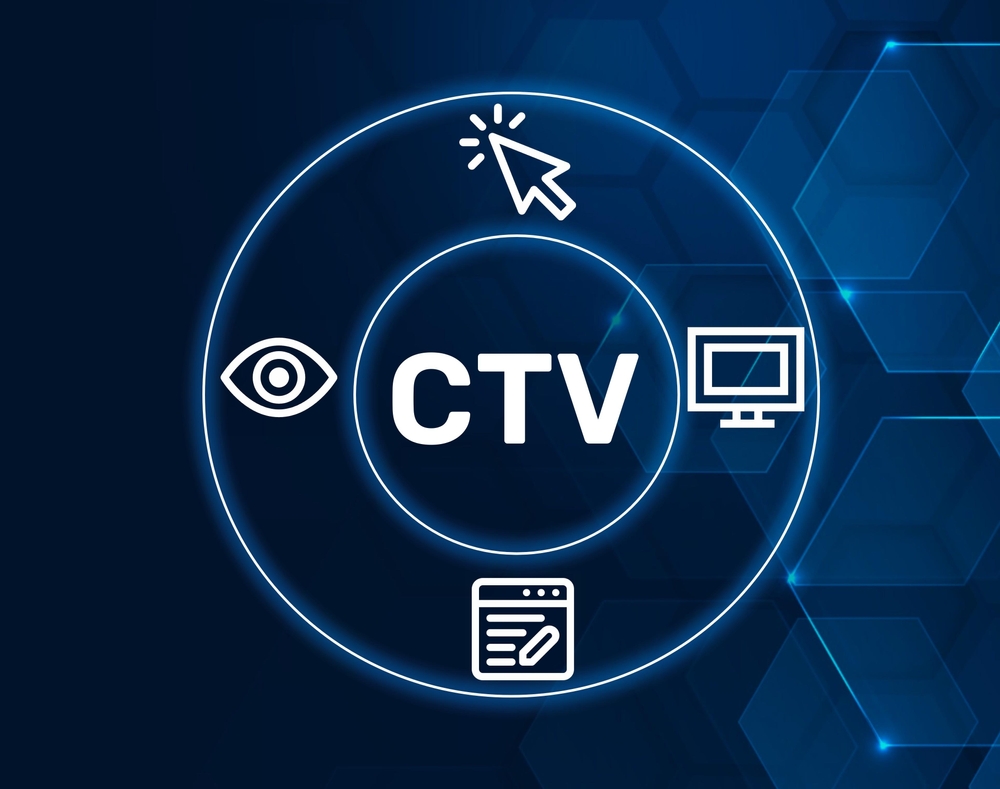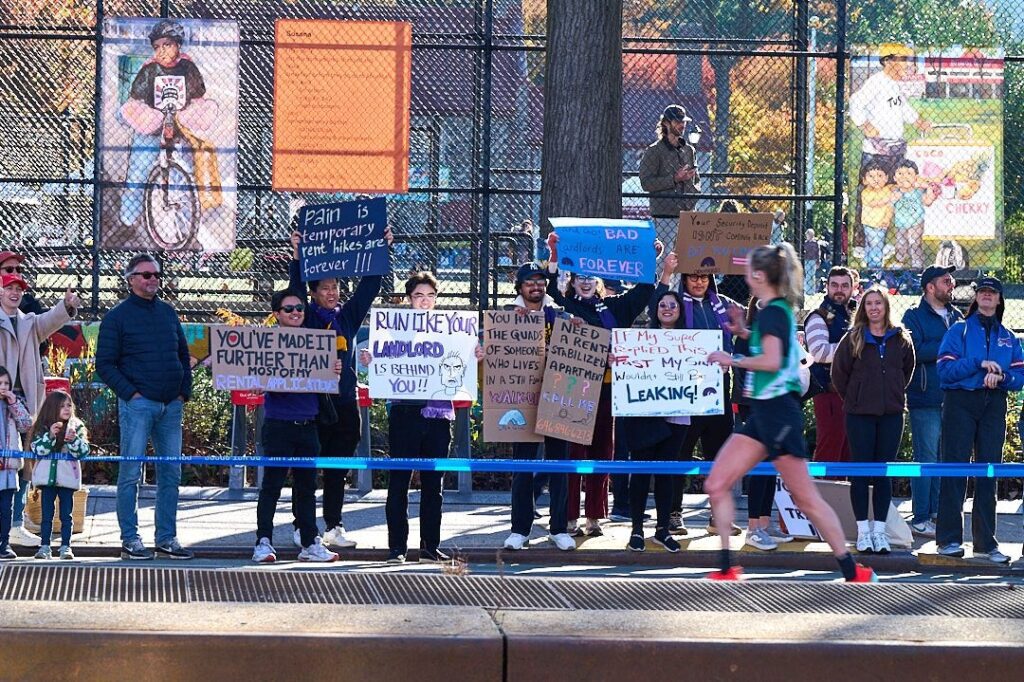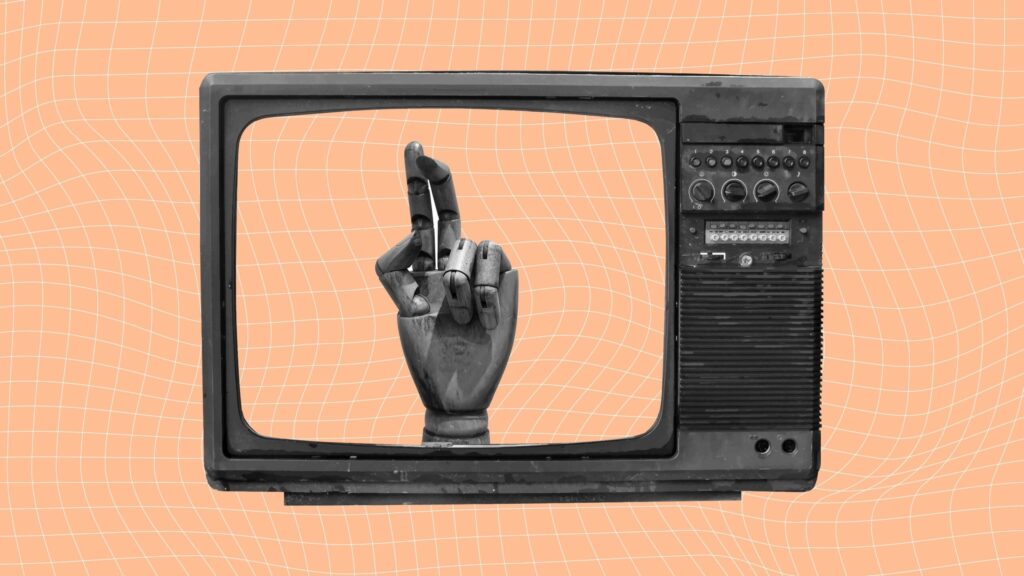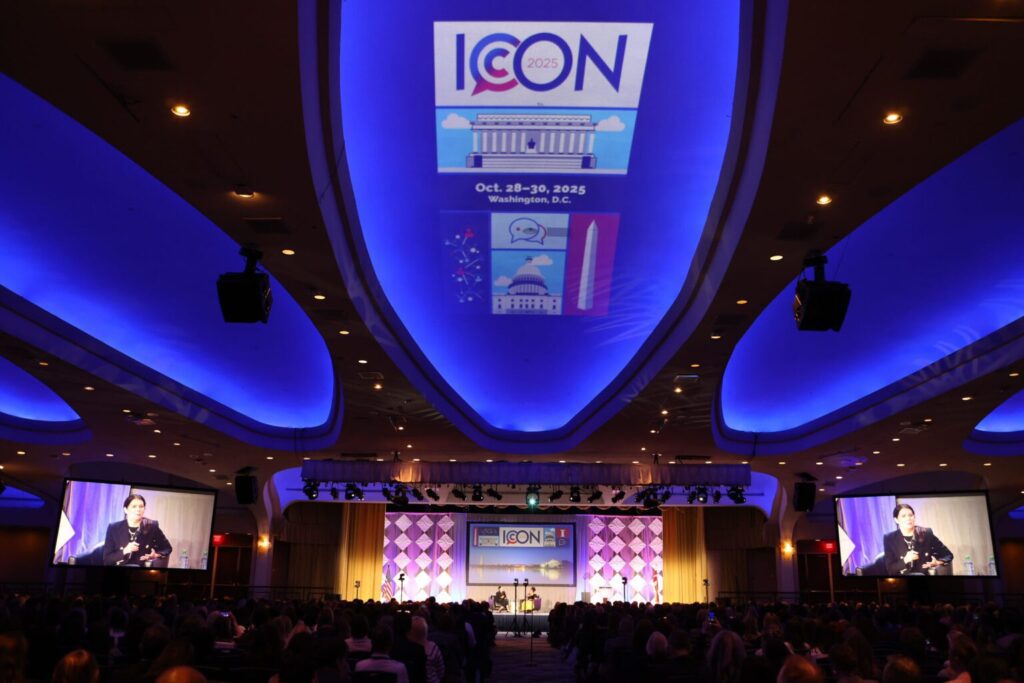Streaming video subscribers in the U.S. spend an average of $69 per month—up 13% year-over-year—across four subscription services, according to Deloitte’s 2025 Digital Media Trends report. And 47% of those consumers say they pay too much for the streaming services they subscribe to.
Not surprisingly, some of them are opting to watch free ad-supported streaming television (FAST) instead. In fact, 47% of U.S. households in 2023 were using a FAST service each week, and it was the fastest growing streaming tier in the U.S. at the time.
Room for FAST Improvement
However, as the connected TV market continues to grow, there are still plenty of opportunities for improvement across the ecosystem, according to data from Wurl’s March 2025 CTV Trends Report, which analyzed more than one billion hours of connected TV (CTV) viewership across 4,000 FAST channels in the United States from January 2020 to February 2025.
For instance, average session lengths, which measures the duration a user spends on a single channel before switching or ending their viewing session, have plateaued, indicating less engagement with the content users are streaming. Longer session lengths are better for advertisers since the increased time spent watching the channel could suggest greater loyalty and more ad revenue for the content company or streamer.
According to Dave Bernath, Wurl’s General Manager for the Americas, marketers can benefit from joining the streaming TV ecosystem as consumers, who are suffering from subscription fatigue and trying to navigate a tricky economy, increasingly opt to ditch subscription services in favor of free content.
“We’ve seen great success for the brands leaning into the capabilities,” says Bernath. “The north star is that TV now has that potential to have the feedback loop—the same dynamics we’ve seen in the open web and mobile,” he says. But while web and mobile platforms gather feedback through clicks, CTV collects viewing data to adjust content and ads to personalize—and therefore optimize—the viewer experience. Advertisers are able to measure consumption habits and adjust their strategies accordingly, he notes.
If you’re planning to test the waters and start advertising on FAST, Bernath suggests trying to ensure your creative mirrors the emotional context of the content its attached to. If you create a humorous commercial, for example, that ad would likely perform best in an ad break that comes out of a lighter scene in a comedy. “That has an impact on brand lift and purchase intent,” he says.
Content Discovery, UX and Volume
The report’s data shows that while average sessions lengths increased 7.24% between Q3 and Q4 of 2024, they’ve remained more or less steady for the last two years and have yet to eclipse 2022 highs. Bernath attributes this to various UX and content discovery challenges coupled with the paradox of choice and sheer volume of content available across multiple platforms.
Other notable findings from the report are as follows:
- Hours of viewing (HOV) are holding steady. While consumers watched slightly less connected TV in 2024 than they did the previous year, viewers are on track to spend 3.13% more time in Q1 2025 compared to Q4 2024. Generally speaking, HOV has been consistent since 2022—which marked a massive uptick from 2020 and 2021. In other words, viewers have grown accustomed to watching FAST content over the last few years, and there’s plenty of room to grow as habits further crystalize.
- Ad load time stays at nine minutes. Every hour of FAST includes an average of nine minutes of commercials, which is considerably lower than traditional TV. Bernath says this reduced ad load presents another great opportunity for marketers to stand out. “When I was at Comedy Central years ago, we’d set aside 17 minutes an hour for ads,” Bernath says, adding that viewers are more engaged when there are fewer commercials. “It’s another great opportunity to lean in. You’re not competing against 17 minutes—only 8 or 9 minutes.”
- Ad fill rates are decreasing. As the CTV segment continues to grow, ad fill rates—a KPI in digital advertising that measures the percentage of ad requests that are successfully filled with ads—have gone down as supply of ad space has outpaced advertiser demand. As more channels pop up and viewer numbers increase, some brands have been cautious to allocate more budget to advertise on FAST content. While many marketing teams spend more time devising their CTV strategies, brands that capitalize on decreasing ad fill rates may find themselves with something of a first-mover advantage. “It’s an opportunity, absolutely,” Bernath explains. “There’s inventory there and there’s engaged viewers there.” Moving forward, he predicts technology may play a role in reversing the ad fill rate trajectory as marketing teams increase adoption of artificial intelligence to produce ads more cost-effectively.




